My memory of the first time I ever saw a live opera is vague in terms of details, but as an experience I remember it very well. It was in 1998, I had just turned eleven, the company was the Los Angeles Opera, and the performance was The Magic Flute. I had first become familiar with Flute several years earlier, through an abridged English version for kids called Mozart’s Magic Fantasy that I owned on cassette. Later I had learned the complete story of the real opera through a storybook adaptation.
Naturally, I was eager to see it onstage. I went with my mom and a friend of the family.
I didn’t learn the names of the cast or the conductor at the time, and unfortunately we didn’t save the program. I’ve had to go on Archive.org, back to the old version of the LA Opera website and its Production Search page with cast lists of all past productions (why, oh why, has that feature been eliminated from the site?), to learn the names of the performers I saw. Pictured here from left to right: Greg Fedderly (Tamino), Gwendolyn Bradley (Pamina), Wolfgang Holzmair (Papageno), Sally Wolf (Queen of the Night), Kenneth Cox (Sarastro) and conductor Julius Rudel.
That night the universe seemed to conspire in every way to ruin my first operatic experience. It was raining and the traffic was terrible on the way to the Music Center. We arrived late and had to watch the opera’s lengthy first scene on the monitor screen in the lobby. The stage didn’t look much bigger when we finally got to our seats, though: they were the cheapest possible seats, in the back row of the top balcony. Yet despite every setback, the experience was wonderful.
The production, still in the LA Opera’s repertoire, was directed by Sir Peter Hall and designed by Gerald Scarfe, the artist whose quirky, colorful style gave the animation of Disney’s Hercules it unique look.
His sets and costumes for The Magic Flute are no less quirky and colorful.
Though I’ve seen many different visual interpretations of Flute since then (folksy pastel colors, pale 18th century elegance, dark minimalism, etc.), this production established my own personal vision of the opera, the way that the Flute story appears whenever I picture it in my mind: bright, bold, exotic and fantastical.
I only wish my memories of the performance were more vivid, instead of just bits and pieces. I particularly wish I remembered more about Greg Fedderly’s Tamino, because I’ve seen him since in various different roles (including, twice, Monostatos) and he’s always been excellent. But I remember that I enjoyed it and a few moments and images stand out strongly:
- The two giant sculptures of bare feet that flanked the interior of Sarastro’s temple. I’m not sure what they symbolized, but they created a good sense of exotic grandeur.
- Pamina in her long white gown.
- The “Bei Männern” duet, always a favorite of mine. I was surprised that Pamina and Papageno sing it – Mozart’s Magic Fantasy, the children’s adaptation that I’d heard, adds two new characters, a little girl named Sarah and a friendly dragon, and gives the duet to them instead.
- The bright green Monostatos – yes, for the sake of political correctness, Gerald Scarfe makes Monostatos green. I remember the image of him gazing at the sleeping Pamina, though not his actual aria.
- The Queen of the Night singing “Der Hölle Rache,” my most vivid musical memory of the performance. I remember being surprised by the Queen’s appearance: I had always imagined her as slender and darkly beautiful, but Sally Wolf is a large woman and in her voluminous black gown she reminded me of Ursula from “The Little Mermaid.” But her singing! My God! I could hardly believe that those virtuoso passages were being produced by a human voice!
- The Three Boys in their flying machine, here a wooden boat shaped like a bird.
- Papageno’s Act II aria and scenes with the Old Woman, particularly the “eighteen years and two minutes” bit.
- The trials by fire and water, my second most vivid memory after the Queen of the Night’s aria. Tamino and Pamina walked across a bridge behind a translucent screen shaped like a pyramid, through which only their silhouettes could be seen. The first time they crossed, the inside of the pyramid glowed fiery orange; the second time, it glowed aqua blue. I remember that visual, as well as the beautiful harmony sung by Tamino and Pamina (“Wir wandelten durch Feuersgluten…” though of course I didn’t know the words back then) after each crossing.
I didn’t see another opera until three years later, but the seed of my passion had been planted. My first visit to the opera was a magical experience, despite considerable odds, and I remember that even though the actual performance is only fragments in my mind. It was the beginning of an all-consuming devotion.
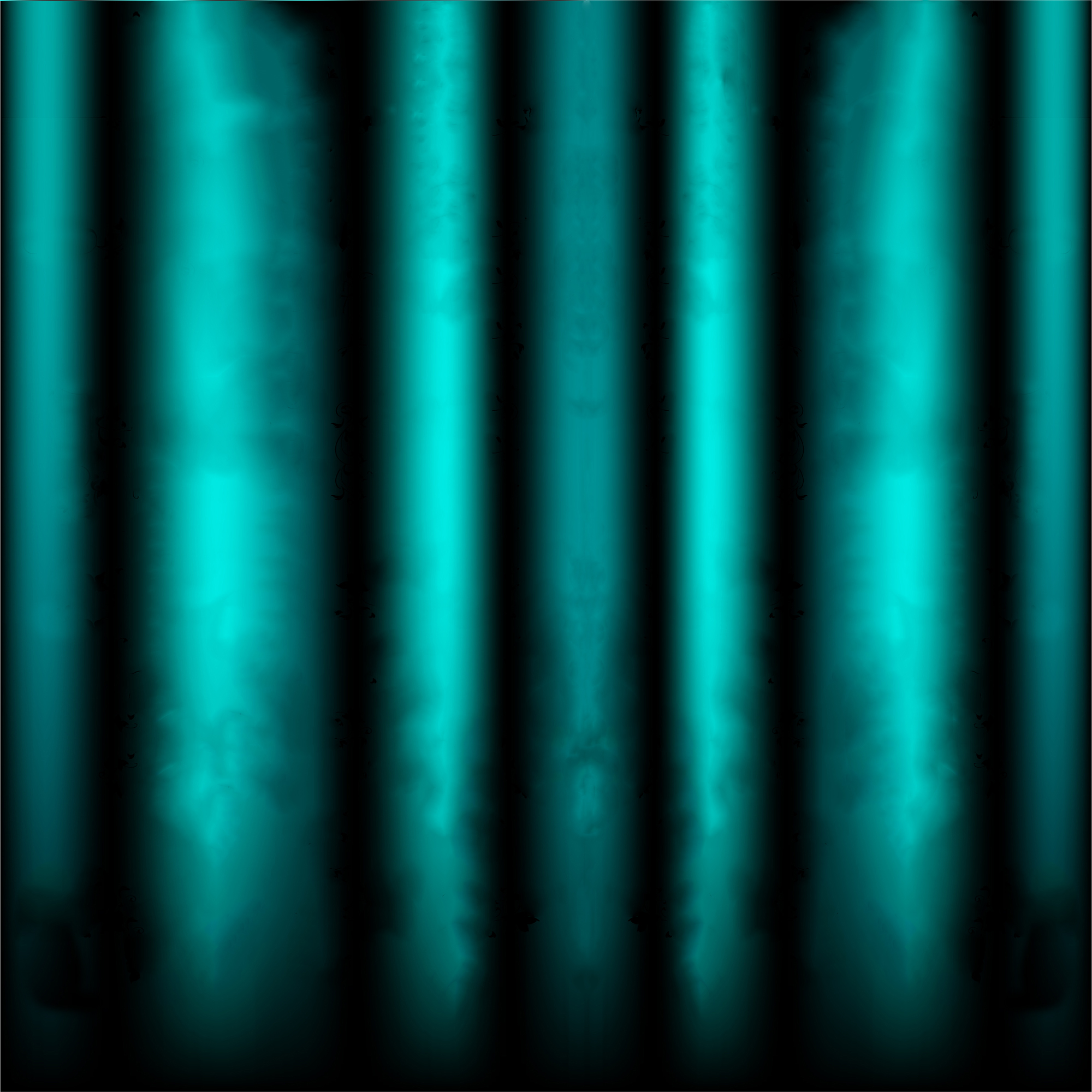
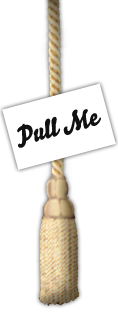


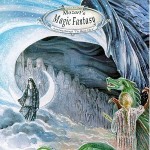
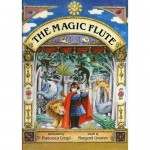
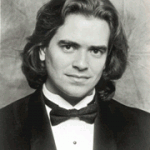
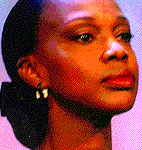
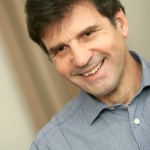

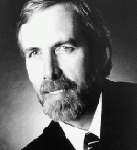
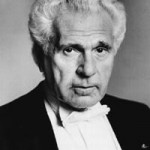
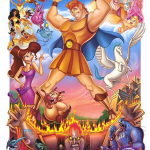
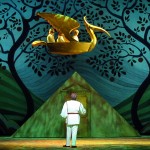
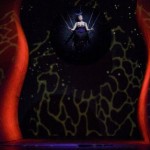
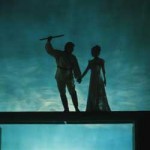
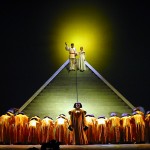
michele serchuk
April 9th, 2012 at 20:58
Oh, Jordan. You were only eleven and yet you remember so much more than I do about this performance. My heart was still pounding when we sat down after having to face that driving rain and the intense traffic full of snarls. I am so thrilled to have provided you with the first little bud of your musical blossoming. You are such a resource for me in all things opera. I’m so proud to be your mother and to witness this blooming passion.
Alexandra
April 10th, 2012 at 11:43
Nicely written! It’s so wonderfully vivid and almost palpable.
Susan Montgomery
April 16th, 2012 at 03:01
What a beautifully written reminiscence and what an impact this opera experience had on you. How appropriate the name is for your blog! You should be so proud!